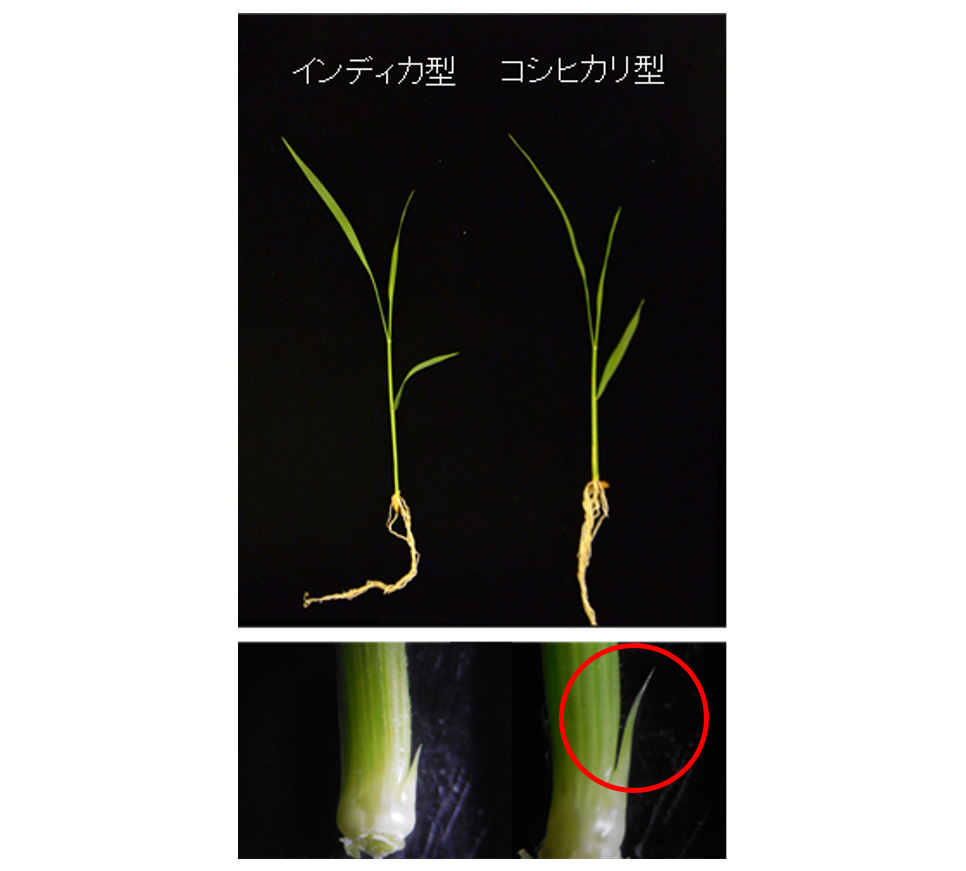2023-03-31 エディンバラ大学
この惑星の名前はVHS 1256 bで、表面温度は約830℃で、ダストのような粒子の渦巻きの嵐に支配された大気があると研究者たちは述べています。
この遠い惑星の分析により、メタン、一酸化炭素、水、二酸化炭素の証拠が表面で検出され、これは、チームが言うように、太陽系外の惑星で一度に同定された最大の分子数です。
これらの発見は、最も強力な宇宙望遠鏡であるジェームズ・ウェッブ宇宙望遠鏡を使用して行われました。
この惑星は、ジュピターの12〜18倍の大きさであり、10,000年間で1つではなく2つの太陽を周回しています。また、発見からわずか数年しか経過していないため、その大気が乱れているとチームは考えています。
<関連情報>
- https://www.ed.ac.uk/news/2023/space-telescope-spies-conditions-on-far-off-planet
- https://iopscience.iop.org/article/10.3847/2041-8213/acb04a
太陽系外惑星系を直接観測するJWST早期公開科学プログラム II: 惑星質量の伴星VHS 1256-1257 bの1〜20μmスペクトル The JWST Early-release Science Program for Direct Observations of Exoplanetary Systems II: A 1 to 20 μm Spectrum of the Planetary-mass Companion VHS 1256–1257 b
Brittany E. Miles, Beth A. Biller, Polychronis Patapis, Kadin Worthen, Emily Rickman, Kielan K. W. Hoch, Andrew Skemer, Marshall D. Perrin, Niall Whiteford, Christine H. Chen
The Astrophysical Journal Letters Published 2023 March 22
DOI:10.3847/2041-8213/acb04a

Abstract
We present the highest fidelity spectrum to date of a planetary-mass object. VHS 1256 b is a <20 MJup widely separated (∼8”, a = 150 au), young, planetary-mass companion that shares photometric colors and spectroscopic features with the directly imaged exoplanets HR 8799c, d, and e. As an L-to-T transition object, VHS 1256 b exists along the region of the color–magnitude diagram where substellar atmospheres transition from cloudy to clear. We observed VHS 1256 b with JWST’s NIRSpec IFU and MIRI MRS modes for coverage from 1 to 20 μm at resolutions of ∼1000–3700. Water, methane, carbon monoxide, carbon dioxide, sodium, and potassium are observed in several portions of the JWST spectrum based on comparisons from template brown dwarf spectra, molecular opacities, and atmospheric models. The spectral shape of VHS 1256 b is influenced by disequilibrium chemistry and clouds. We directly detect silicate clouds, the first such detection reported for a planetary-mass companion.



